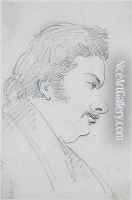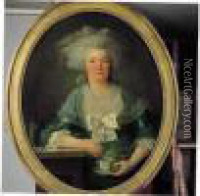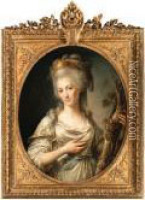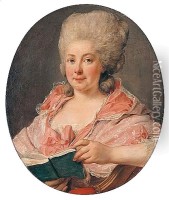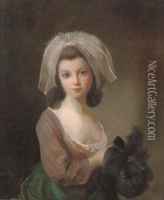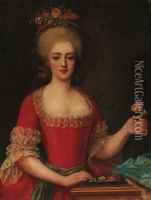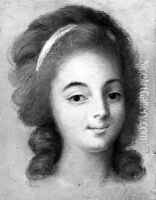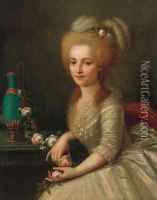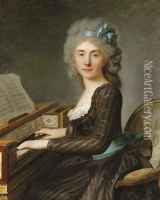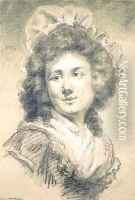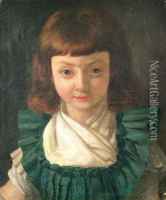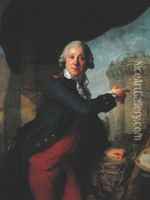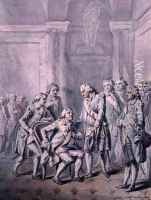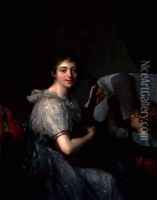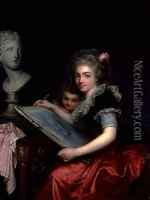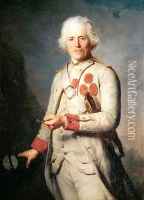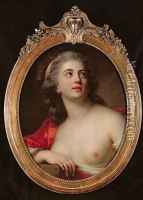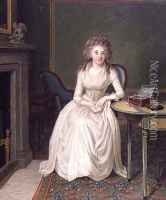Antoine Vestier Paintings
Antoine Vestier was a French Neoclassical painter known for his portraits. Born on December 28, 1740, in Avallon, Burgundy, France, Vestier became one of the prominent portraitists of his time, capturing the likeness of the French elite during the pre-Revolutionary period. He was a student of French painter Hyacinthe Collin de Vermont and quickly established himself in the artistic scene of Paris.
Vestier's work is characterized by its elegance, precision, and the clarity of its composition, which was typical of the Neoclassical movement that sought to emulate the virtues of classical art. As a portrait artist, he had the ability to depict the wealth, status, and personality of his subjects with a graceful realism that was highly valued at the time.
He became a member of the Académie Royale de Peinture et de Sculpture in 1785, which was a significant recognition of his artistry. This membership allowed him to exhibit his work at the Salon, the official art exhibition of the Académie. His clients were mainly members of the aristocracy and the bourgeoisie, who sought to have their likenesses captured for posterity.
During the French Revolution, Vestier's clientele changed, but he continued to work and adapt to the new political and social environment. Despite the changes in the political landscape, he maintained a successful career. Antoine Vestier's portraits are a valuable record of the fashion and faces of the 18th century French society.
He continued painting until his death on April 21, 1824, in Paris. Today, his works can be found in numerous museums and art collections around the world, including the Louvre in Paris and the Metropolitan Museum of Art in New York. His legacy is that of a master portraitist who skillfully captured the essence of the Enlightenment era through his art.
